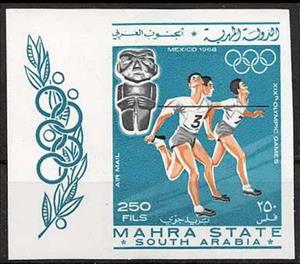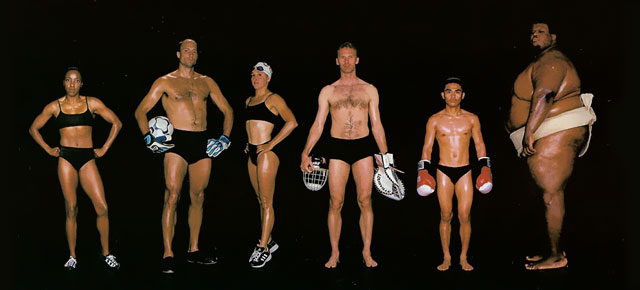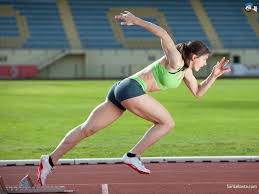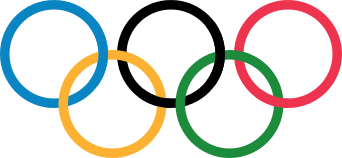Stamp: Run; Figure of the Olmec or “La Venta” Culture (Mahra 1967)
Run; Figure of the Olmec or “La Venta” Culture (Mahra 1967)
01 January (Mahra ) within release Summer Olympic Games 1968 - Mexico City goes into circulation Stamp Run; Figure of the Olmec or “La Venta” Culture face value 250 South Yemeni fils
| Stamp Run; Figure of the Olmec or “La Venta” Culture in catalogues | |
|---|---|
| Michel: | Mi: AD-MS 28B |
| Yvert et Tellier: | Yt: AD-MS PA2ND |
| Colnect codes: | Col: AD-MS 1967.00.00-04a |
Stamp is square format.
Emission: Not listed as 'Air Post' by Michel A pricing information is given by Yvert et Tellier for the imperforate series (see the wiki)Also in the issue Summer Olympic Games 1968 - Mexico City:
- Stamp - Basketball; Figure of the So-Called “Smiling Faces” face value 25;
- Stamp - Discus Throwing; Mask of Chac Mool, Toltec face value 10;
- Full Pane - Fencing; Figure of the Mazapan Culture face value 20*500;
- Stamp - Fencing; Figure of the Mazapan Culture face value 500;
- Full Pane - Fencing; Figure of the Mazapan Culture face value 20*500;
- Stamp - Ring Gymnastics; God of Growth Xife Totec, Aztec face value 50;
- Stamp - Run; Figure of the Olmec or “La Venta” Culture face value 250;
Stamp Run; Figure of the Olmec or “La Venta” Culture it reflects the thematic directions:
An athlete is most commonly a person who competes in one or more sports involving physical strength, speed, power, or endurance. Sometimes, the word "athlete" is used to refer specifically to sport of athletics competitors, i.e. including track and field and marathon runners but excluding e.g. swimmers, footballers or basketball players. However in other contexts (mainly in the United States) it is used to refer to all athletics (physical culture) participants of any sport. For the latter definition, the word sportsperson or its gendered sportsman or sportswoman are also used. A third definition is also sometimes used meaning anyone who is physically fit regardless of whether or not they compete in a spo
Athletics is a group of sporting events that involves competitive running, jumping and throwing. The most common types of athletics competitions are track and field, road running, cross-country running, and race walking.
The modern Olympic Games or Olympics (French: Jeux olympiques) are leading international sporting events featuring summer and winter sports competitions in which thousands of athletes from around the world participate in a variety of competitions. The Olympic Games are considered the world's foremost sports competition with more than 200 nations participating. The Olympic Games are held every four years, with the Summer and Winter Games alternating by occurring every four years but two years apart.
Running is a method of terrestrial locomotion by which humans and other animals move rapidly on foot. Running is a gait with an aerial phase in which all feet are above the ground (though there are exceptions). This is in contrast to walking, where one foot is always in contact with the ground, the legs are kept mostly straight, and the center of gravity vaults over the stance leg or legs in an inverted pendulum fashion. A feature of a running body from the viewpoint of spring-mass mechanics is that changes in kinetic and potential energy within a stride co-occur, with energy storage accomplished by springy tendons and passive muscle elasticity. The term "running" can refer to a variety of speeds ranging from jogging to sprinting.
Sport is a form of physical activity or game. Often competitive and organized, sports use, maintain, or improve physical ability and skills. They also provide enjoyment to participants and, in some cases, entertainment to spectators. Many sports exist, with different participant numbers, some are done by a single person with others being done by hundreds. Most sports take place either in teams or competing as individuals. Some sports allow a "tie" or "draw", in which there is no single winner; others provide tie-breaking methods to ensure one winner. A number of contests may be arranged in a tournament format, producing a champion. Many sports leagues make an annual champion by arranging games in a regular sports season, followed in some cases by playoffs.





